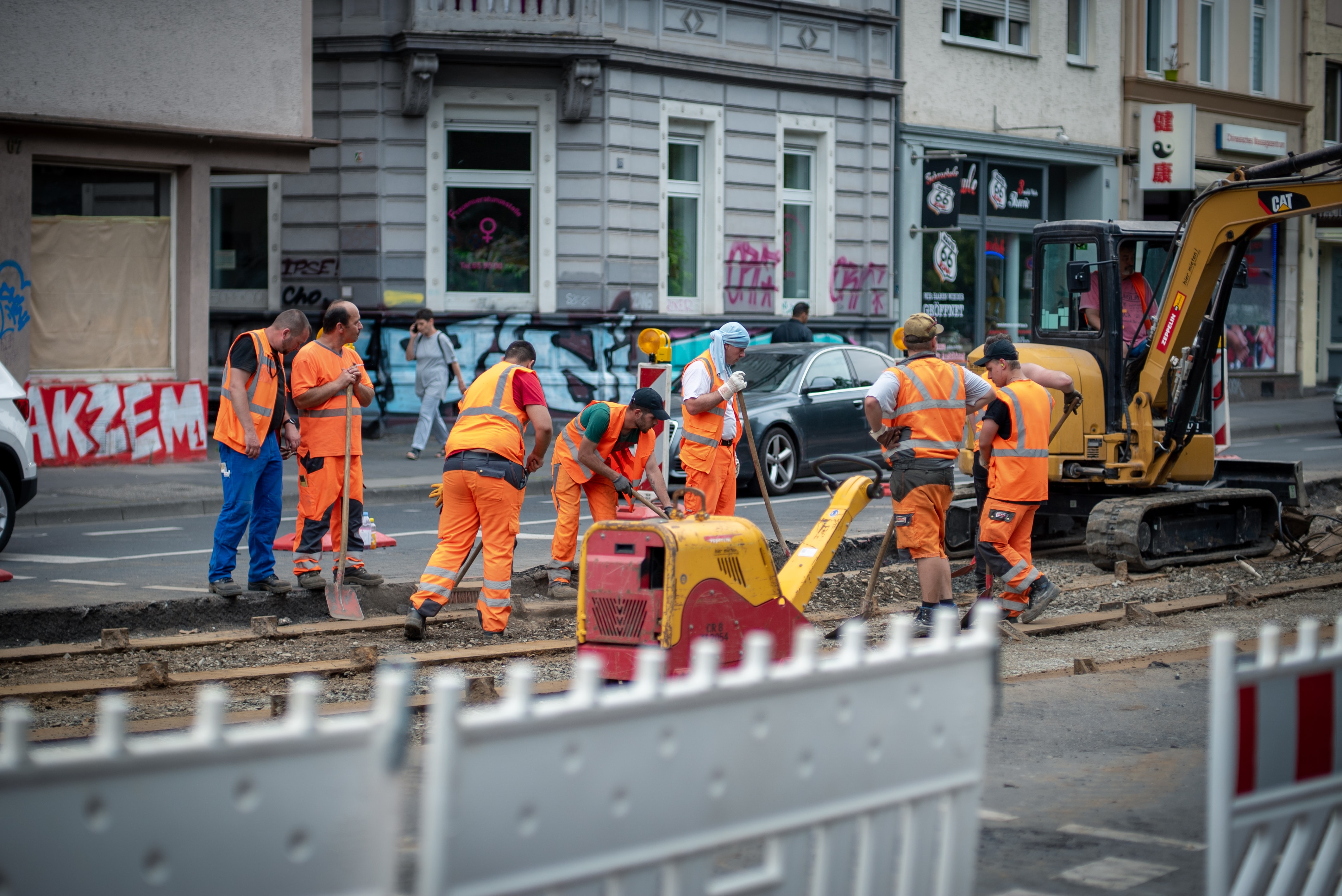As any construction project looks to prepare their projects in such a way to maximize their efficiency and avoid any budget overtures and costly delays, one of the biggest hurdles can be assets under the ground. For projects taking place in areas that are already developed, especially older residential and industrial spaces, there is simply a lack of accurate information regarding subterranean infrastructure, making it far too easy for projects to strike things like cables and water mains, which is not only expensive but quite dangerous. For this reason, any solution that can solve this issue is going to be a value add for construction firms.
One such company that is relatively new to the space but already adding that value is Exodigo, an Israeli-based company working with construction firms as well as local governments to help map the underground, while also starting to use their multi-sensing technique, combined with their proprietary artificial intelligence to parse the large amounts of data, to detect areas potentially vulnerable to sinkholes. Recently, the company announced a new partnership with Esri to enhance the capabilities they provide for their customers.
With this new partnership in place, ArcGIS users will now be able to integrate imaging gleaned from Exodigo’s technology into existing underground asset maps to ensure maximum accuracy of what exactly has already been placed underground, and where it lies below the surface. This integration can get into important details as well, including things like slight curves in utilities being easily visualized in the ArcGIS platform. Maps in Esri’s platform can be updated live using Exodigo’s technology, and reprocessed as new scans are completed.
The announcement of the new partnership includes the following layers that can be added from the Exodigo scans:
- A green corridor polygon representing a utility-free right of way for safe design
- A utility layer showing line identities with high precision and accuracy
- An above-ground utility assets layer (such as manholes, hydrants, etc.)
- An underground soil layer that highlights areas of possible ground distortion
- An optional layer adding available records in digital format
As anyone who has had to complete digging projects in previously developed areas can tell you, it’s much easier said than done to get accurate information about assets that have previously been placed underground. Generally, contractors are forced to work off of planned maps, some of which go back a century or more, typically on hand-drawn maps. These are not only not up to the level of detail that is expected today, but they also don’t account for issues that may have popped up during the original work which caused an adjustment to be made to the plans. If, for example, a past firm encountered an unidentified asset during their construction, they may have shifted their planned cable without updating their submitted plans. Now, the maps that are on file are inaccurate, creating risk that the next project to dig in that area will strike these assets.
Exodigo’s technology allows for these unknown assets to be detected and mapped out before a project starts, cutting out the possibility of these underground strikes to occur. And now with this new partnership with Esri, the data can be easily transferred into maps on ArcGIS and consistently updated when new scans are completed or new projects are underway with up-to-date plans being added in.
On the new partnership, Exodigo co-founder and CEO Jeremy Suard said, “With this new partnership, ArcGIS users can access the complete picture of the underground with Exodigo on the Esri system in the exact digital format they need.”






